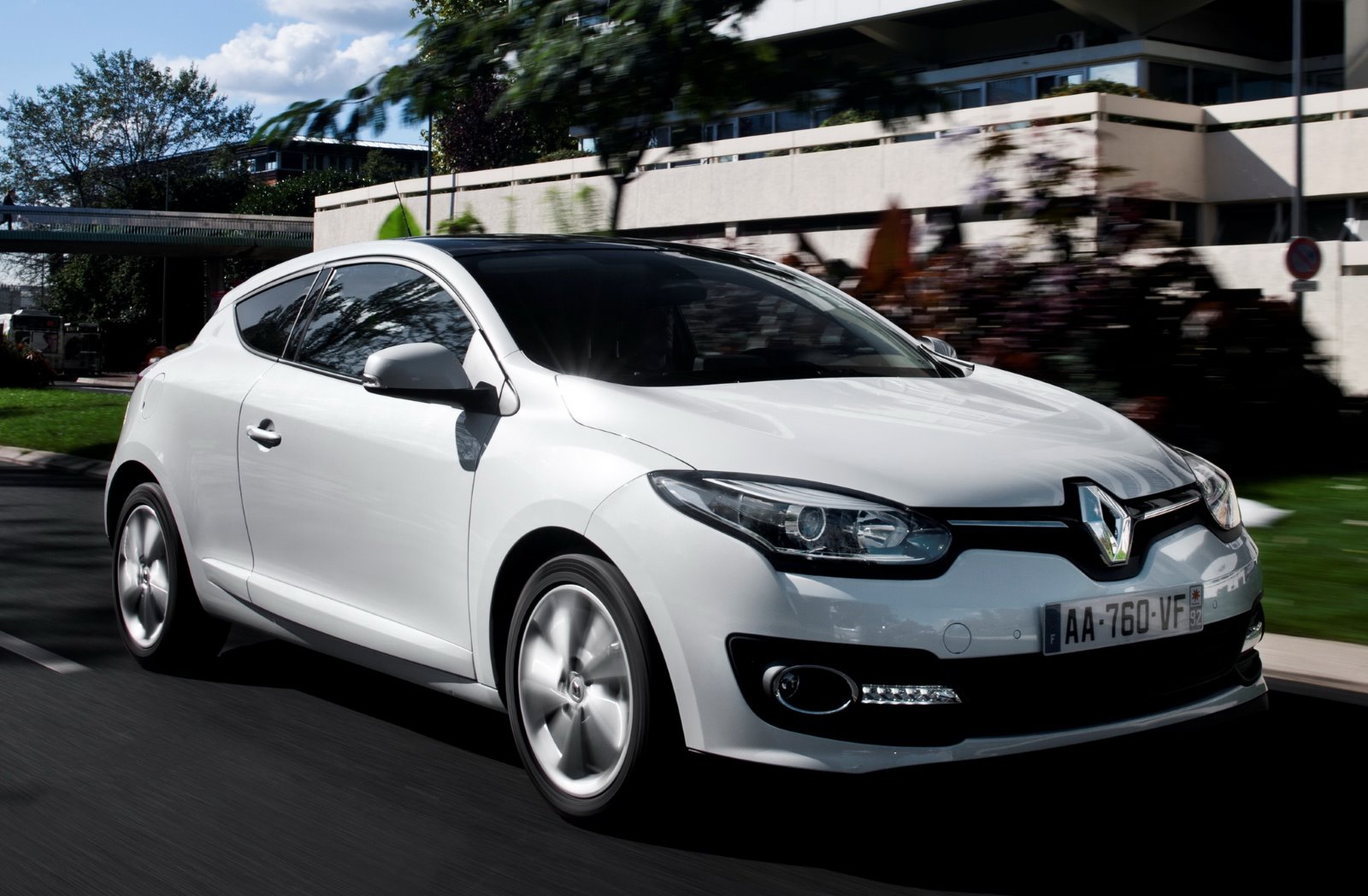
We might test some very exotic machinery at Lucire, but when it comes to our own money, we’re more down to earth. Jack Yan talks about his choice, the Renault Mégane Coupé
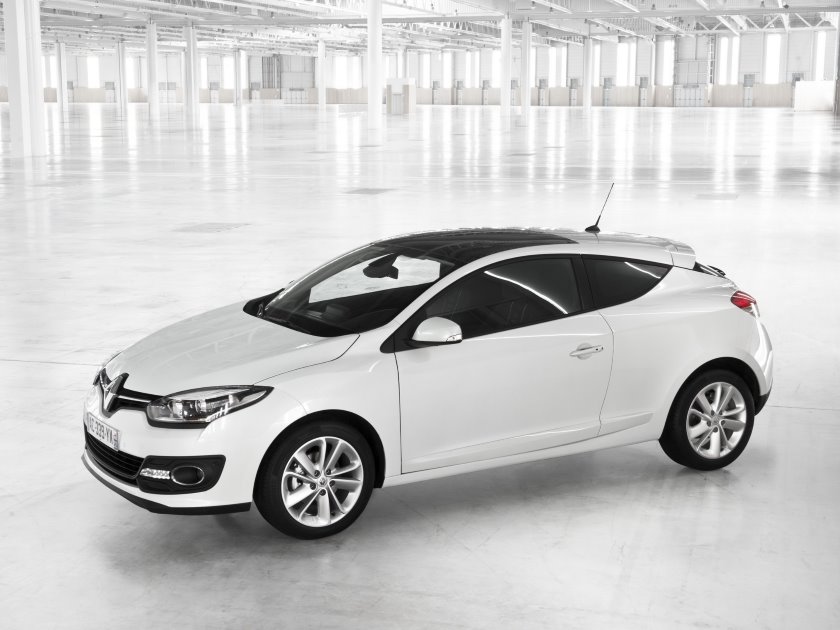
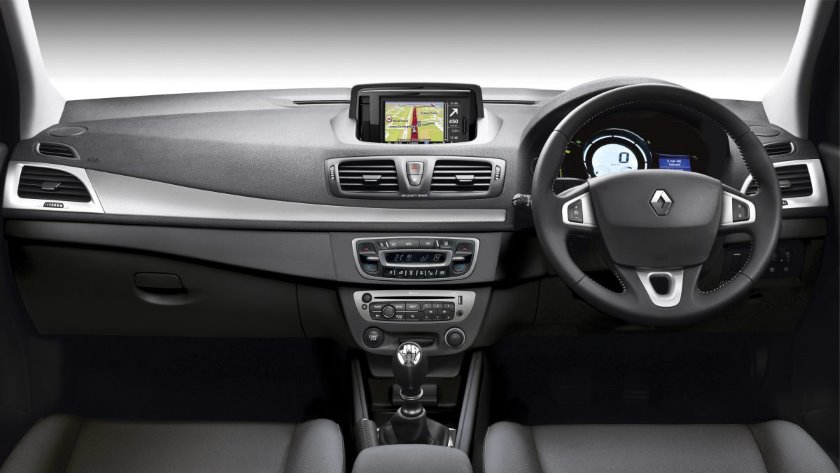
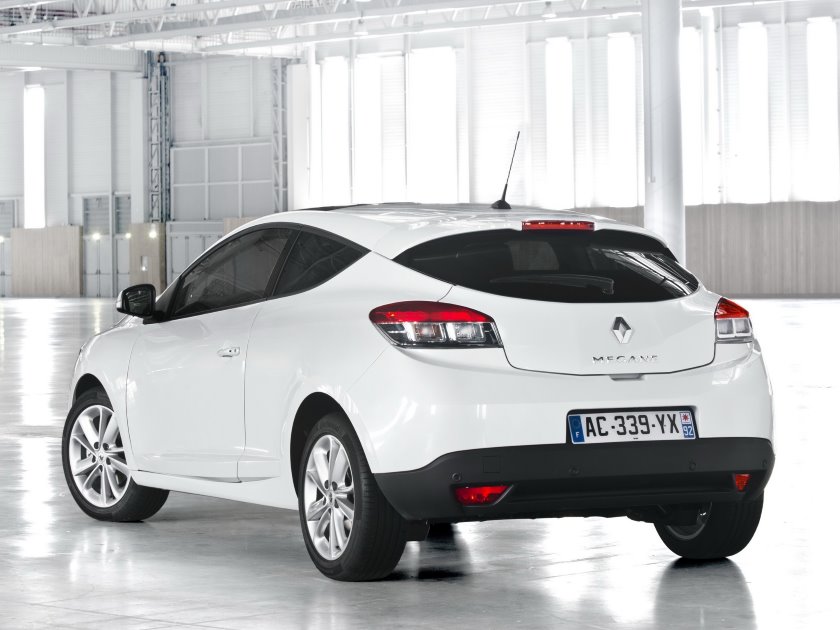
Above: Up the wheels to 17 inches and change the body to Cayenne Orange, and it’s close to the author’s
Jack Yan is publisher of Lucire.
In Lucire, we’ve tested a lot of cars over the last decade and more, but what do we choose when it’s our own money?
In my case I’ve been very consistently buying French since my university years. Back then, I had a chance to get a Citroën AX, and opted for a top-of-the-line (at least in New Zealand at the time) 14 TRS model with five doors. Weighing only 990 kg, the 1·4 really shifted that car, and it really only had one problem: my feet were too big for it. I could never wear dress shoes and drive the car, it always had to be sneakers.
A Peugeot 307 HDI followed on the Continent, and it was perfectly fine except I wasn’t accustomed to reach only a mere 186 km/h on the Autobahnen near Bremen. You’d think I would at least get into the 200 km/h club as usual. For years, I had a Renault Mégane I Coupé, an RT trim model, that survived till an accident wrote it off.
The trouble with replacing the Mégane was finding something with manual transmission in New Zealand, a country where only one in ten cars on sale have a clutch. A story about that search will appear in Classic Car Weekly in due course, but the choice of what to buy was pretty easy: another Mégane, a newer one.
Renault has recently announced its fourth-generation Mégane but, following cross-town rival Peugeot’s lead with its second-generation 308, there won’t be a coupé version. The five-door berline will take on the performance duties, too, with a four-wheel-steer GT Line already out among the IV’s range. The previous-generation, Mégane III coupé continues for now, along with the hot RS derivatives, and the coupé–convertible also soldiers on.
You can actually see more of a stylistic connection between the Mégane III coupé and the IV saloon: there’s a slight tapering of the cabin and muscular haunches at the rear housing the rear lights. Both have the Renault corporate grille.
There are many road tests out there of the RS already, the subject of many an enthusiast’s praise, but my needs are far humbler than those requiring a track car for weekends at the Nürburgring. I actually want decent fuel economy, and the base petrol engine, the 1·6 110 PS, delivers enough for me. The engine might be old hat compared to the more modern units made by Renault with its alliance with Nissan, but that just means it’s proven, its kinks are worked out, and it’s common enough to be shared with the Kangoo van, meaning fewer cries from future Renault mechanics going, ‘Tut, tut, we’re going to have to order that in from France.’ Owners of newer units haven’t reported any problems, and that they’re pleased with the more advanced spec. And if you were ordering parts from New Zealand, there are many commonalities with Renault’s worldwide Fluence model, which is built in Korea as well as other countries—hardly places where mechanics could justify a premium with the excuse that something has to be sourced from a lone artisan toiling, wearing a monocle in a French village, making parts in between carrying wine in amphoras.
Let’s hope that that isn’t going to be a big issue, because unlike French cars of old (including the Citroën AX, which blew its head gasket ultimately), there’s a quality to the Palencia, Spain-made Mégane III coupé. The materials feel decent, there are no squeaks and rattles from the cabin, the doors shut with a nice firmness, and the switches feel solid. As you drive, it’s only at speed that there’s a tiny whistle just from behind the driver’s door, and even that’s not always noticeable. German-loving press seem intent on saying that the Volkswagen Golf is more desirable inside; frankly, I don’t notice that big a gap between the two.
That tapering does make reversing hard, as does the tiny rear window and massive C-pillars. A rear-view camera (which I don’t have) would be a boon, as are rear sensors (which I do have). Size-wise, you are going up a notch compared with earlier Méganes, and I imagine the IV, which hits the New Zealand market in October, will feel wider and longer still.
The coupé is slightly lower compared to the old Mégane III hatchback saloon, and that solves one of that car’s shortcomings: handling that was acceptable but not great. The coupé might not be as potent as the RS, nor is it as great a handler, but the slight lowering cures the issue with the saloon, and it’s a substantial improvement. It turns into corners ably, and it’s definitely a cut above.
If only the steering were not so imperceptible. It’s light, and that might be all right in supermarket car parks, but it doesn’t communicate well. Granted, it’s not the 1·6’s job to be a racing car for the streets; its purpose is to transport people in style. The engine is leisurely and the gears need to be worked if you’re expecting to get out of trouble from a standing start. But when you look this good, why rush?
And conveying people in style it does well. Far more ably than the original Mégane coupé, too. For starters, it has five seats, not three. The hatchback opens up with a high sill but the tailgate is very stylish as it flows from the apex of the car roof down to a curve—practicality is not what should be coming to mind for a coupé, anyway. The rear accommodation is adequate but overall, this is a short car, with noticeably less room behind the driver’s seat than the hatch or estate.
Mine is the I-Music model with the Arkamys 3-D sound system, and while syncing and playing music are effortless, Renault advises us that the system needs a full reset as modern phones don’t seem to work properly with the system (we’ve tried the Meizu M2 Note and tech writer Sarah Bickerton’s Apple Iphone 6). One firmware upgrade later (done at home), it still doesn’t work properly, with callers not being able to hear me, although I can hear them perfectly well. The sound system, then, is excellent, bar this one technological glitch. Whether current Méganes have this problem, we don’t know, though we’ve yet to hear any complaints.
The dashboard’s digital numerals are clear, and switching from Imperial to metric proved easier than the manual suggested. And the trip computer is easy enough to use, with our recording a record 51 mpg (Imperial) on the motorway between Levin and Porirua. But I saw plenty of readings in the 40s with combined urban and rural routes, and that is nothing to be sneezed at. My distance covered so far has been over 3,000 km. If we were some other magazine, we’d be doing a series of long-term tests and you can follow my progress.
Other than the steering, it’s practically the perfect car for me. I’m glad I walked away from some models I came close to buying: a DS 3 among them (it looked too small down the back, and the Honest John recall history looks far too long to be safe). I was unimpressed with the DS 5’s cabin, making me wonder just how bad the DS 3’s could get after a few years’ wear and tear, and I never liked the look of the 3 from the start when I saw it in the Citroën boutique on the Champs-Élysées. I also knew that each time I looked at it, I would be kicking myself for not getting something bigger than a Mini rival. Ditto with the Mini itself, the Honda CR-Z, Peugeot 207 and 208, Renault Wind, and MG 3.
The MG 6 was rejected on the basis of its cabin, typography and difficult Bluetooth connection, but also an unhelpful salesman, who would have been much happier with his day if he wasn’t interrupted with customers. The BMW Einser had to be ruled out due to an absence of manuals in New Zealand.
I also looked at a Clio IV, again one of the more basic models, but as much as I like the Laurens van der Acker styling, they seem too everyday now—a rep from a local printing firm has one the next street over. You want something that sparkles a bit when it’s your own money. A Focus test car I had last year was too flimsy, making me wonder if the Thai plant had ‘Quality as Job No. 1’, and my mechanic warned against a higher-mileage Volvo S80 (plus it was an auto anyway). The Mégane’s chief rival in France, the Peugeot 308, is competent and I stand by my words in our 2015 road test, but I wanted flowing style over its solid appearance, and three doors rather than its standard five.
There’s also plenty to keep owners entertained and feel good about our purchases: Mégane coupé owners (especially RS ones) are keen Instagrammers, while Facebook has two groups devoted to III coupés, one international and one for French owners, though French is the lingua franca for both and I’ve had no issue joining either.
With its 17-inch wheels, the Mégane Coupé is very much the style statement, and every indication is that it will remain a quality-made vehicle that will give many miles ahead. It’s going to be a shame when the rest of the III coupés are all sold, knowing that it’s the last of the line. Regardless of whether you picked the entry-level model, or the hottest RS, there’s a creativity and purity to the lines that make owning a Mégane III Coupé very satisfying. •
Note: This test is of a model equipped with an engine not currently available through Renault. Other Mégane coupés are still available.
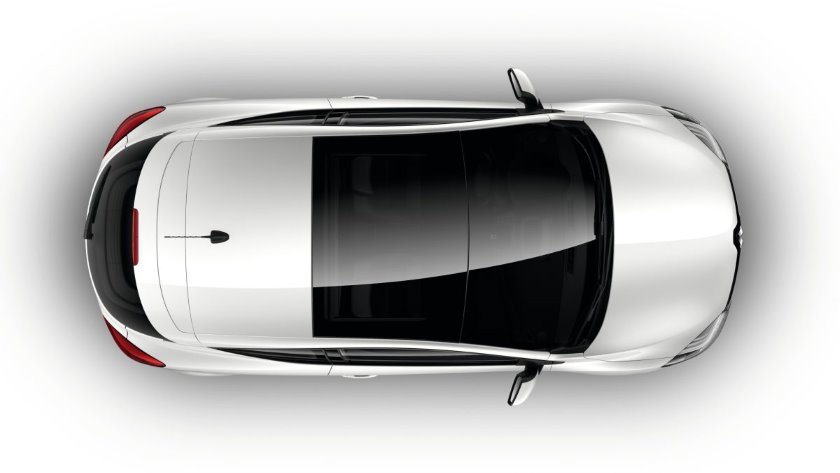
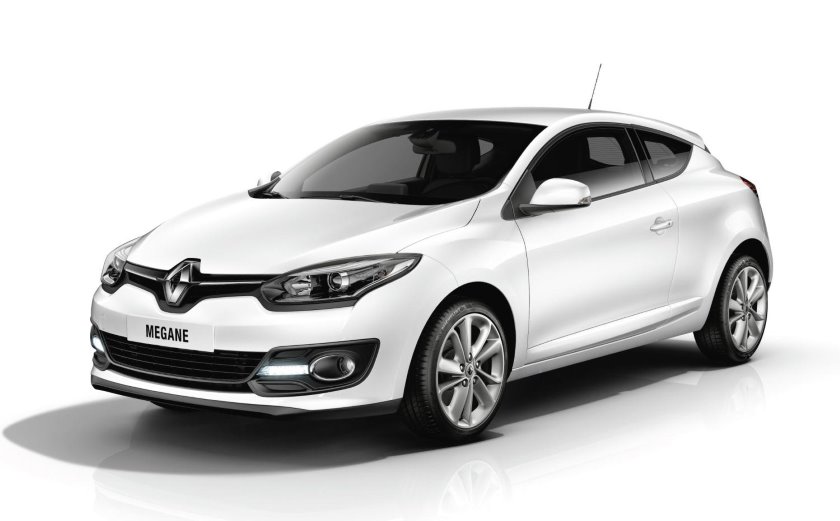
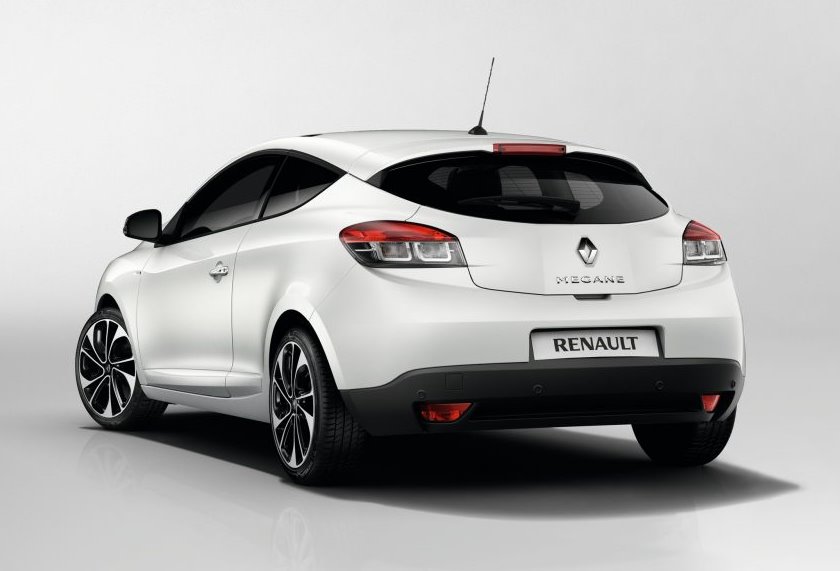 Above: Publicity photographs aren’t far from the truth: this Mégane looks good from every angle.
Above: Publicity photographs aren’t far from the truth: this Mégane looks good from every angle.
Related articles hand-picked by our editors
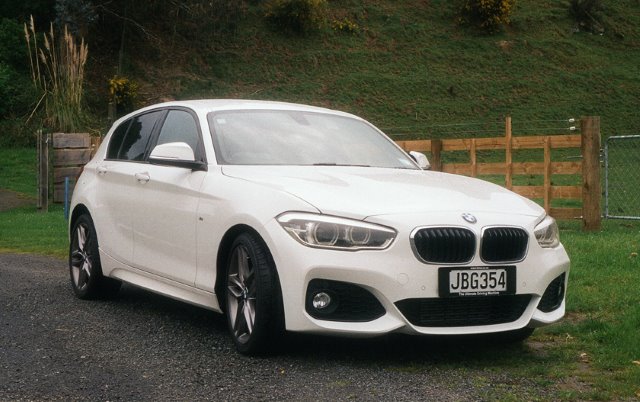
BMW 125i M Sport: flexing its technical muscles
Jack Yan revisits the
BMW 125i with M Sport package, now that it has had a makeover—plus gadgets including BMW’s Connected Drive concierge service and the ability to read the news to you
photographed by the author
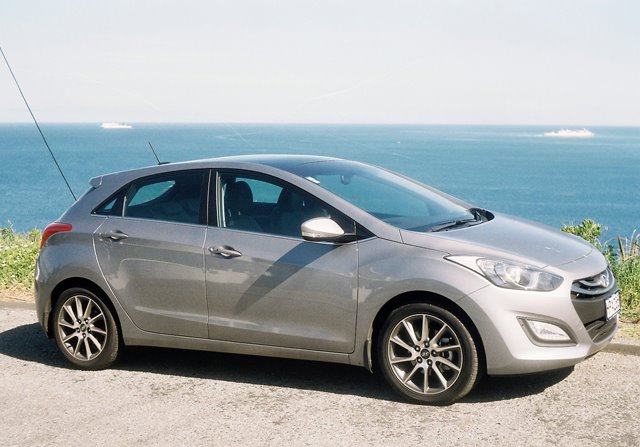
Building character
Jack Yan hops behind the wheel of the
Hyundai i30 Limited to see if the Korean giant delivers substance
in addition to its latest model’s style
photographed by the author
excerpted from issue 34 of Lucire
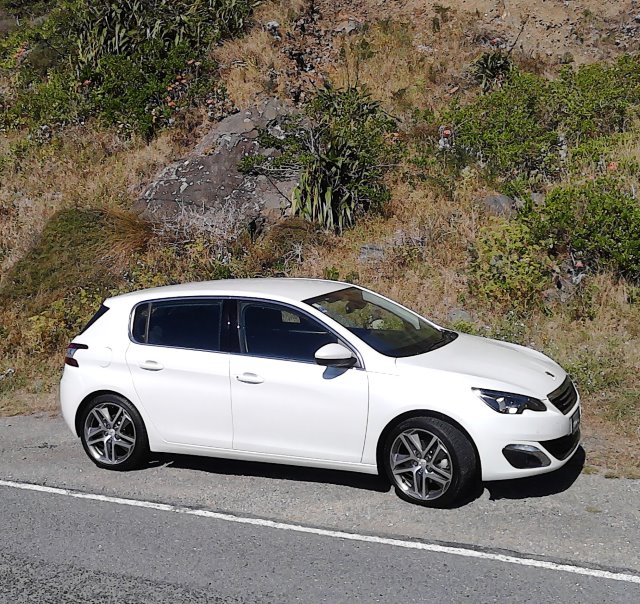
French class
A confessed Francophile when it comes to cars, Jack Yan gets behind the wheel of Peugeot’s award-winning 308, in its flagship Allure 2·0 Blue HDi guise, and discovers a very complete, compelling entry
photographed by the author and by Yvonne Tucker
Advertisement
Copyright ©1997–2022 by JY&A Media, part of Jack Yan & Associates. All rights reserved. JY&A terms and conditions and privacy policy apply to viewing this site. All prices in US dollars except where indicated. Contact us here.